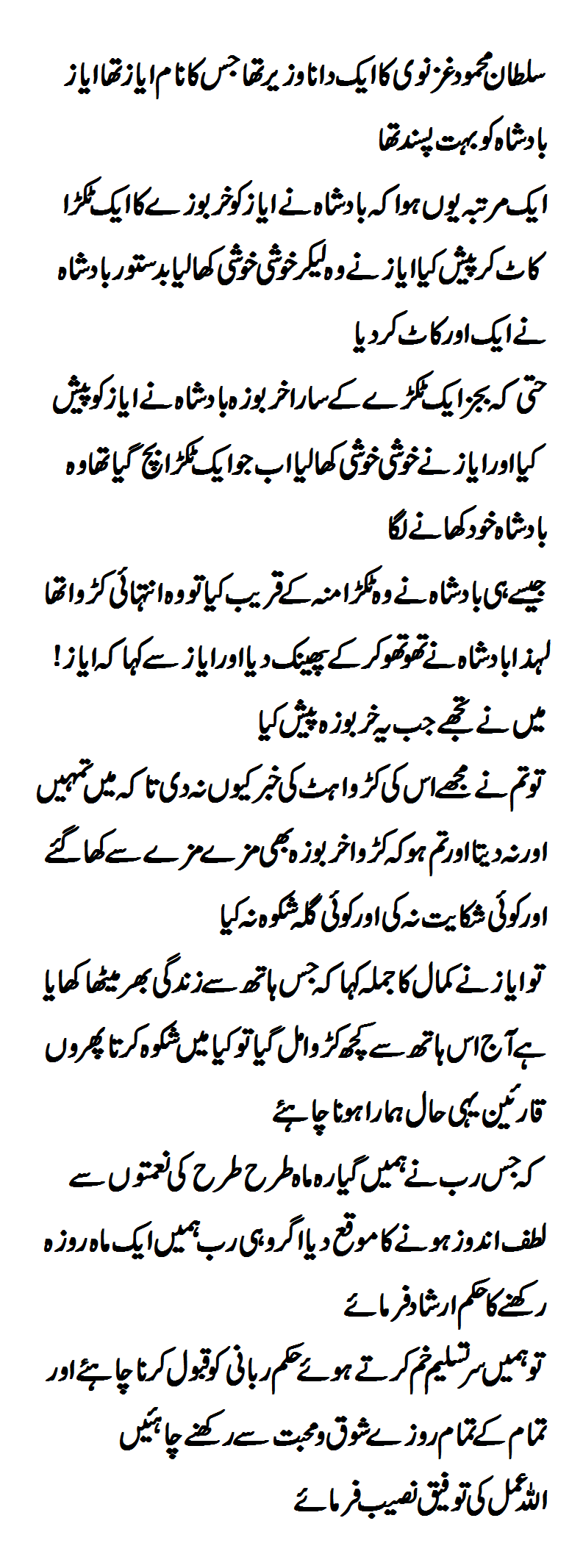Islamic and Turkish history can be divided into three periods related to the forms of late-empire governance. The first period was the Age of the Caliphs of Medina, Damascus and Baghdad or the four great caliphs and their successors, the caliphs of Umayyad and Abbasid, who ruled the entire Islamic world. Formed during this age, this hierarchical structure would be used as a model for later Islamic empires.
The second period is the Age of the Sultanate, beginning with the empire of the Ghaznavids. During this time, the Crusades had ruined the Islamic world, the Abbasid caliphate had been weakened and the Shii’te Fatimid Dynasty, which emerged in North Africa,
had declared its caliphate, all of which had caused the center of the Islamic world to dissipate. However, the healing effect of the sultanate began to work quickly. While the dominance of certain great empires started to be recognized in Islamic lands, the crusaders were destroyed, allowing conquests to resume. As a result, the Age of the Sultanate lasted more than 1,000 years.
The third age – that of the nation state – began in 1923 when the sultanate of the Ottomans was disbanded.
A noble slave
Sultan Mahmud of Ghazni was born on Nov. 2, 971 in Ghazne, located in northern Kabul, Afghanistan. His full name was Abd al-Qasim Mahmud and his official title was sultan, while his unofficial title was “Yeminü’d Devle” (the right hand of the state) and his family name, or surname, was Ibn Sebük Tegin. His father Ebu Mansur Sebük Tegin was a “mamluk” commander faithful to the Samani Empire, in other words, a slave soldier. Mahmud’s mother was a princess who belonged to a noble Persian family.
